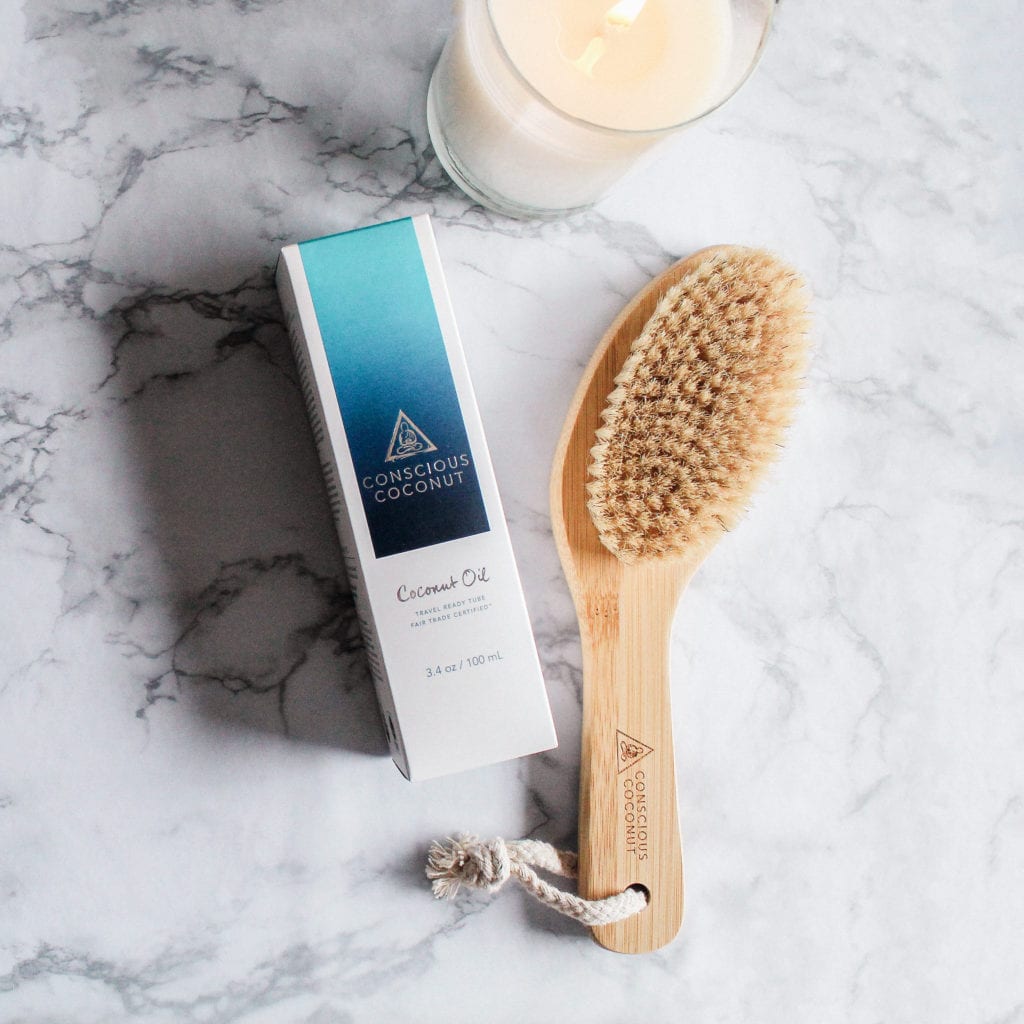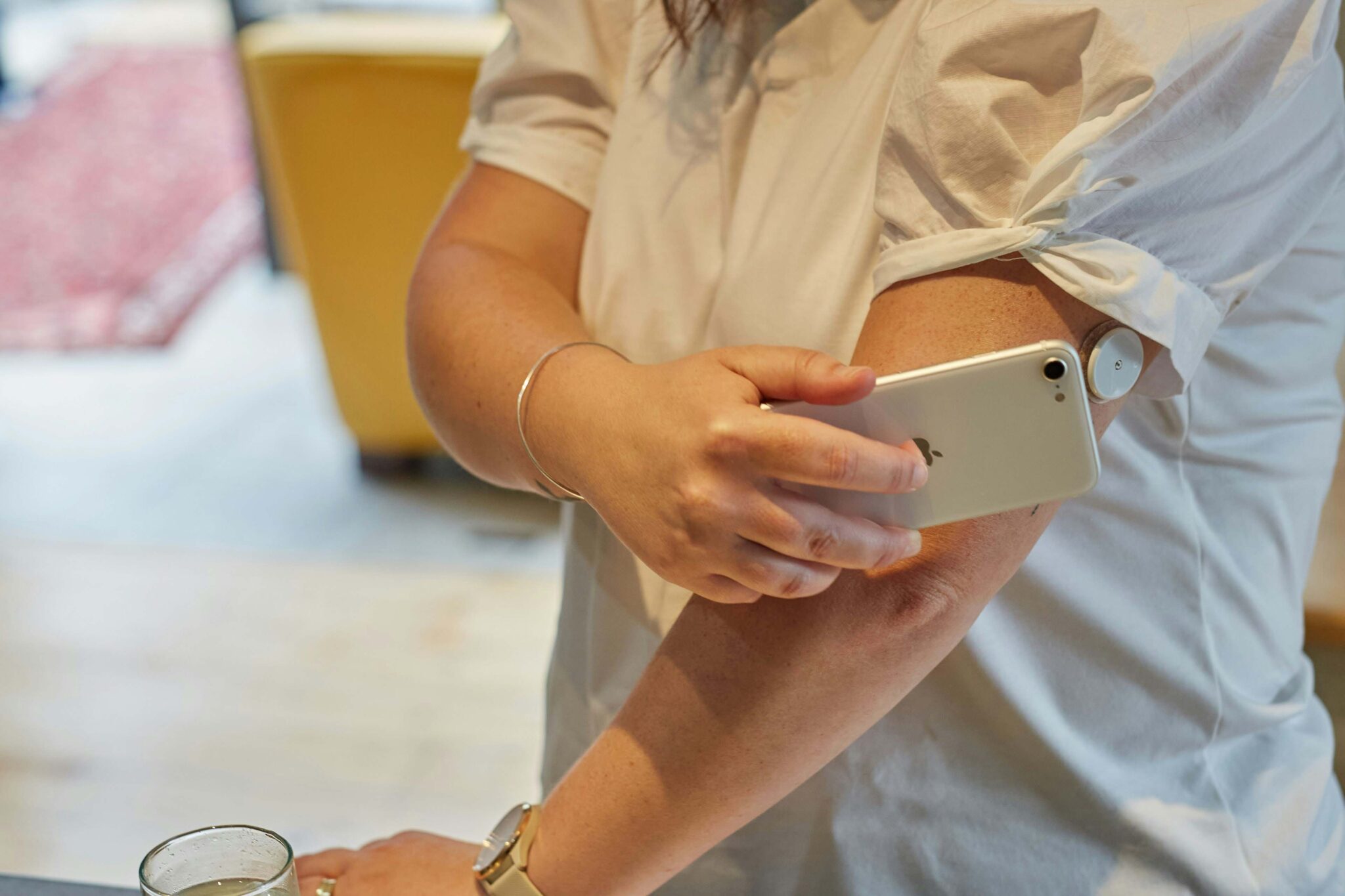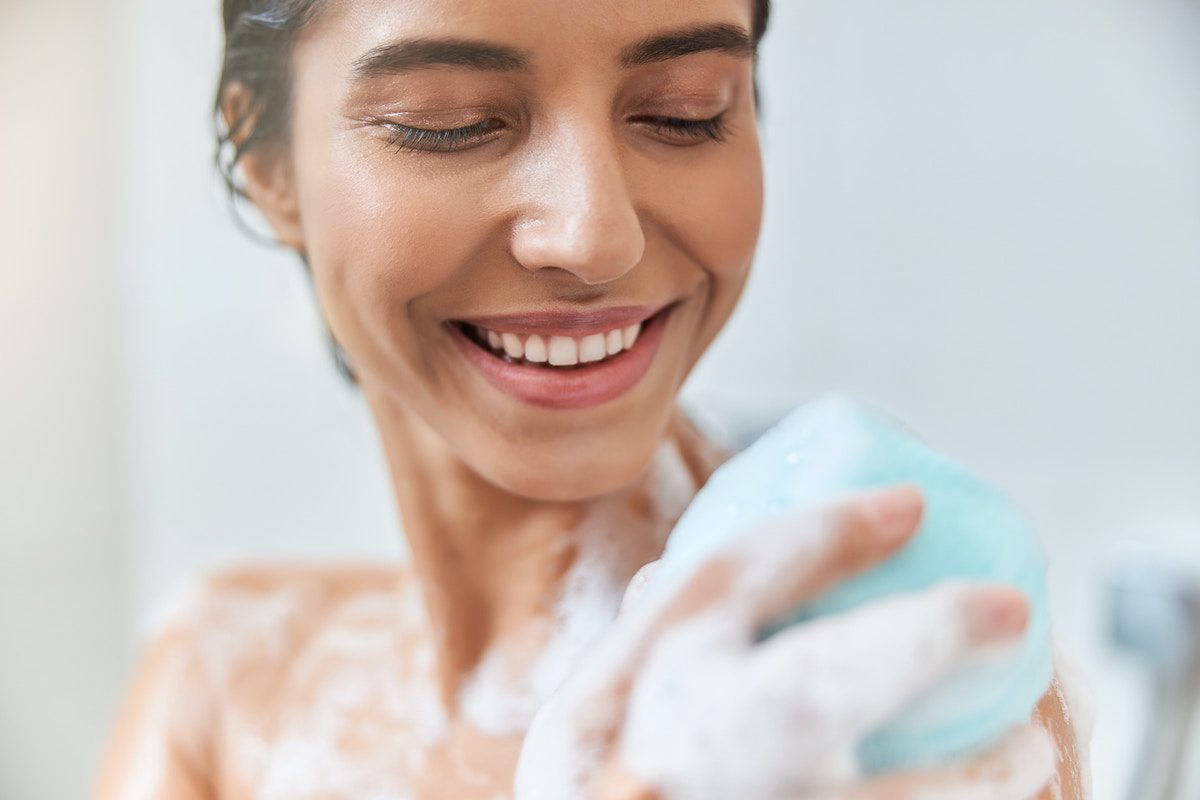I Tried Dry Brushing to Get Rid of My Dry Skin–Here’s What Happened
I used to be pretty lazy when it came to my skin care routine. Some days, I couldn’t even be bothered to wash my face. But being forced to spend all of my time at home these days sparked a renewed interest in layering on serums on the daily and chilling out with face masks a few times a week, and the skin above my neck has never looked better.
If I could see such improvements on my face, I wondered what would happen if I committed to a regular body care routine. As a health and wellness writer, I’ve always been curious about dry brushing but just never got around to trying it. Now, with all the free time in the world, I figured I’d give it a go to see if it could smooth my dry, flaky, winter-ravaged skin.
The benefits of dry brushing
For those unfamiliar, dry brushing is an ancient Ayurvedic technique that involves massaging your skin while it’s dry with a stiff-bristled brush. This process of physical exfoliation can help alleviate dryness and flakiness, but the benefits don’t stop there.
“The manual massage of the brush can increase circulation, which in turn can help with the lymphatic system to eliminate toxins,” explains Joshua Ross, celebrity esthetician and founder of SkinLab in Los Angeles. This increase in circulation could potentially lead to a boost of energy, say some dry brushing proponents.
Dry brushing may also temporarily reduce the appearance of cellulite, says Jeannel Astarita, celebrity esthetician and founder and CEO of Just Ageless in New York City. That’s due to the increased blood flow and the removal of tissue-damaging toxins you experience from the massage.
How to dry brush like a pro
“Dry brushing should be used in a holistic full body treatment, as it works best in conjunction with other body treatments, like lotions or serums,” says Ross.
At most, you should dry brush once or twice a week, he says. Dry brushing isn’t for everyone, though: Astarita notes you should avoid this treatment if you have eczema, psoriasis, skin cancer, open wounds, or raw or sunburned skin. Ross suggests those with sensitive skin avoid dry brushing as well.
As for which brush you use, Astarita recommends choosing one with a medium-firm natural bristle and a handle of six inches or longer to get at hard-to-reach areas. And don’t scrub!
“Most people use too much pressure,” says Astarita. “It should feel pleasantly invigorating.” Use long, light strokes, refraining from too many strokes in one area to avoid skin irritation, says Astarita. Finally, make sure you’re moving the brush up and toward your heart or lymph nodes for the maximum effect.
What happened when I tried dry brushing
Armed with expert knowledge, I set out on my quest to banish my rough, dry skin at the beginning of April. My brush of choice: Conscious Coconut’s Essential Dry Brush ($20, consciouscoconut.com), made from bamboo and sisal. I used the brush twice a week in the A.M. for three weeks, along with the brand’s organic coconut oil.

I started the process by slathering on the coconut oil to the areas I wanted to dry brush: my hands, arms, stomach, legs, and feet. I started at the bottom with the soles of my feet, gently massaging my skin in circular motions up toward my heart before moving on to the next area. I spent about three minutes total working my way up my body each time I dry brushed.
Once I was done, I hopped in the tub and quickly showered, then applied a lightweight body lotion off before starting my day. I noticed my skin felt softer after just one session. As I’ve continued to dry brush twice a week, I’m happy to report that my flaky, rough patches are gone.
Although I can’t say I’ve noticed a major difference in my energy levels, the few minutes I dedicate to concentrating solely on dry brushing have made me feel a whole lot calmer and relaxed throughout the day—and that’s a win in my book.












